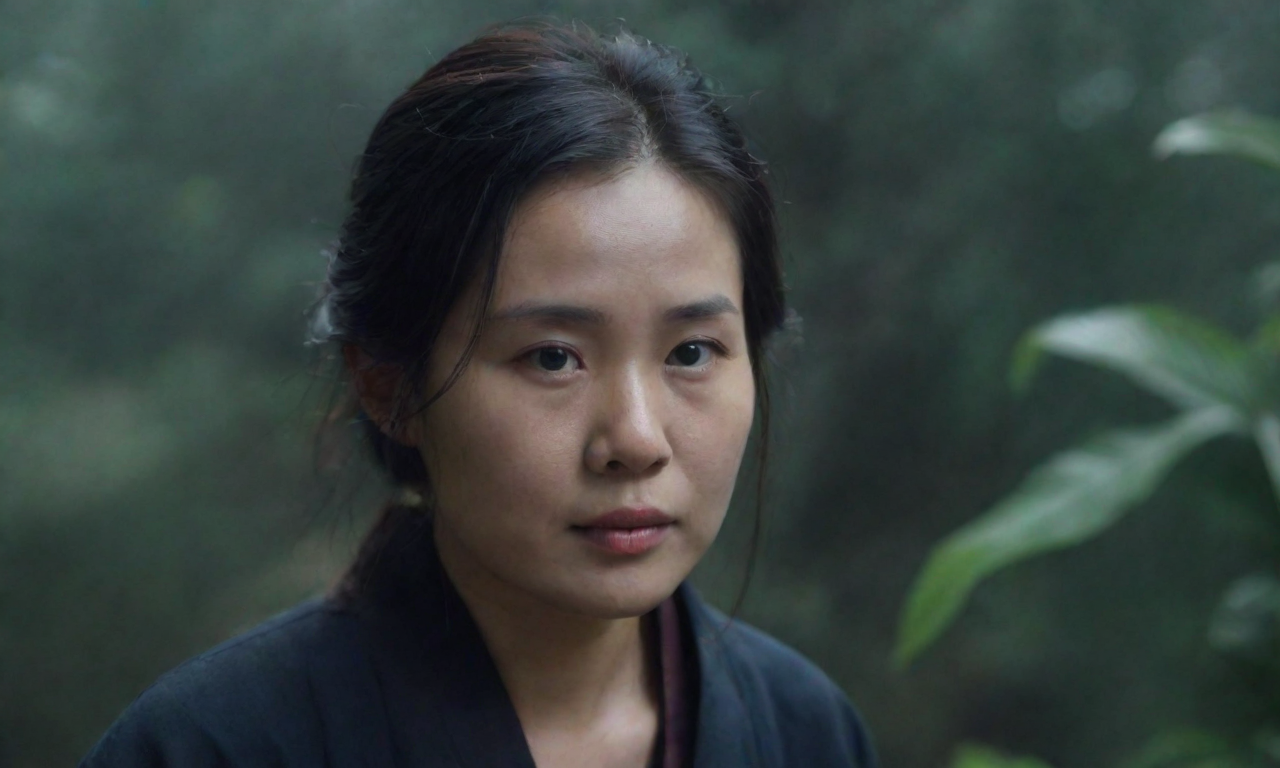"The New Year’s holiday is next week, please pay attention!" On February 2nd, the forecasters at the Space Environment Prediction Center of the National Space Science Center of the Chinese Academy of Sciences held their last weekly meeting before the Spring Festival. The speaker was forecaster Miao Juan.
On the morning of February 2nd, four forecasters were analyzing solar activity, from left to right: Liu Fanghua, Shi Yurong, Guo Juan, and Miao Juan. Photo by Ni Sijie The other seven forecasters present were intently watching the orange sun on the big screen—two dark spots on the sun, and the flares at the sun's edge were "stirring."
The Spring Festival in the Year of the Dragon is approaching, and Miao Juan is feeling a little uneasy. Twelve years ago, also during the Spring Festival of the Year of the Dragon, a sudden solar storm caught her and her colleagues off guard, giving them quite a scare. That solar storm was referred to as the "Chinese Dragon Event" by international peers; it had a flare intensity of M8.7, causing the most severe high-energy proton impact on Earth within a decade at that time.
The precursor to the "Chinese Dragon Event" appeared on the evening of the first day of the Lunar New Year, and Miao Juan was the duty officer at the time. After detecting unusual solar data, her first reaction was—"Oh no!" Based on her experience, Miao Juan judged that a solar eruption might occur within the next 24 hours.
On the afternoon of February 2nd, the last forecasters' weekly meeting before the New Year of the Dragon. Photo by Ni Sijie Faced with a sudden solar eruption, if the response is not timely, satellites could experience orbital decay or even loss of communication issues, astronauts on the space station could face health threats, and Earth's communication and navigation systems could be affected. Miao Juan quickly called the forecasters back to their posts. Soon, colleagues who received the message rushed back to the prediction center from all directions, confirming the event, notifying the warning center, issuing bulletins, and sending alerts to manned spaceflight users...
This year, the first day of the Lunar New Year corresponds again with the Year of the Dragon, and Miao Juan is on duty. The last forecasters' weekly meeting before the holiday concluded that "solar activity next week will be low to medium level, with the possibility of M-class flares, and geomagnetic conditions will mainly be quiet to mildly disturbed." But Miao Juan is still worried, as emergency events during the holidays are not uncommon, such as the "Halloween Storm" in 2003, the "Tomb-Sweeping Day Event" in 2010, the "Chinese Dragon Event" in 2012, and the "Ghost Festival Event" in 2017...
Compared to 12 years ago, the emergency response capabilities of Miao Juan and her colleagues have greatly improved. However, compared to previous years, the sun has entered a new active peak period, making everything even more unpredictable. To prepare for the solar activity peak in 2024, they have recalled three "veteran" forecasters who had transferred to other positions.
The Prediction Center's origin is related to China's first artificial Earth satellite. Qian Xuesen referred to the personnel who carried out the space radiation environment forecast analysis for "Dong Fang Hong I" as "red forecasters." The Prediction Center was officially established in 1992, became the operational institution of the Chinese Regional Warning Center for the International Space Environment Service, and contributed to the global joint response to space weather disasters and the construction of a human community with a shared future.
Since its establishment, the Prediction Center has had a total of 42 forecasters, each with their unique number. Forecaster 01 is Gong Jiancun, an expert in space environment research and forecasting, who led the team to successfully predict the meteor storm during the launch period of China's first manned spacecraft Shenzhou-1 in 1999, helping Shenzhou-1 avoid the meteor shower. Over the past 30 years, some forecasters have retired, and some have moved to other positions. Miao Juan has always been there; she is Forecaster 10, joining the Prediction Center in 2001.
"My family and I feel that this work is quite sacred. In everyday life, the public may not pay much attention to changes in the space environment. But whenever we ensure the safety of the national manned spaceflight missions, we feel a great sense of achievement," Miao Juan said with a smile.
In recent years, the team of forecasters at the Prediction Center has maintained a size of 10 members. Like links in a chain, they form a closed loop: on the first day, a "veteran" forecaster pairs with a "new" one on duty; on the second day, the "new" forecaster teams up with the next "veteran;" and on the third day, the next "veteran" takes over with another "new" forecaster... Now, the 13 forecasters have formed a longer chain and a larger closed loop, vigilantly monitoring every move of the sun and safeguarding the safety of human activities in space and on Earth.
When talking about her New Year’s wish, Miao Juan said with a smile: “I hope there are no solar eruptions during the New Year, so everyone can have a safe and happy holiday.”
“My wish is the same as Teacher Miao’s!” “Me too!” Upon hearing Miao Juan's wish, Forecaster 12 Liu Fanghua, Forecaster 41 Shi Yurong, and Forecaster 42 Guo Juan all laughed. In fact, everyone understands that when facing the forces of nature, there are no absolute certainties. The only sure thing is that the coming Year of the Dragon will be another tense and busy one.








